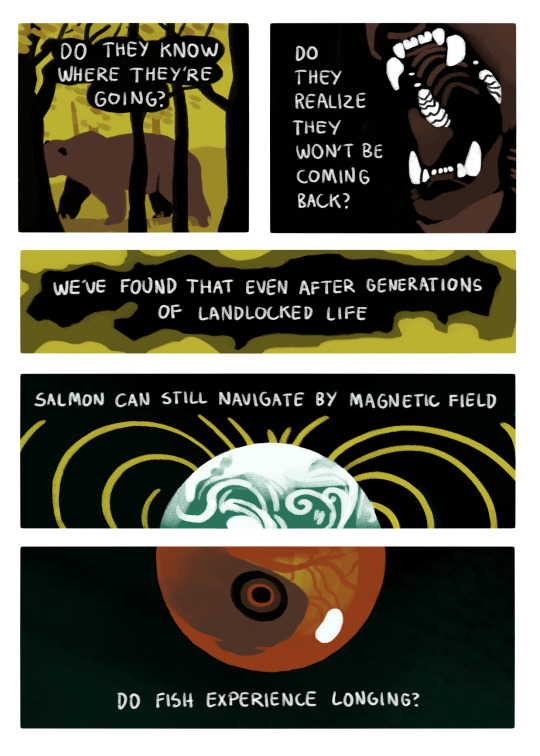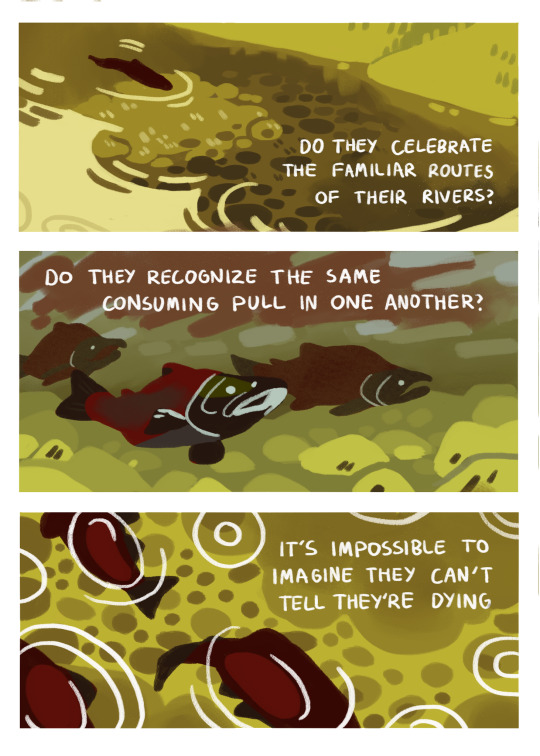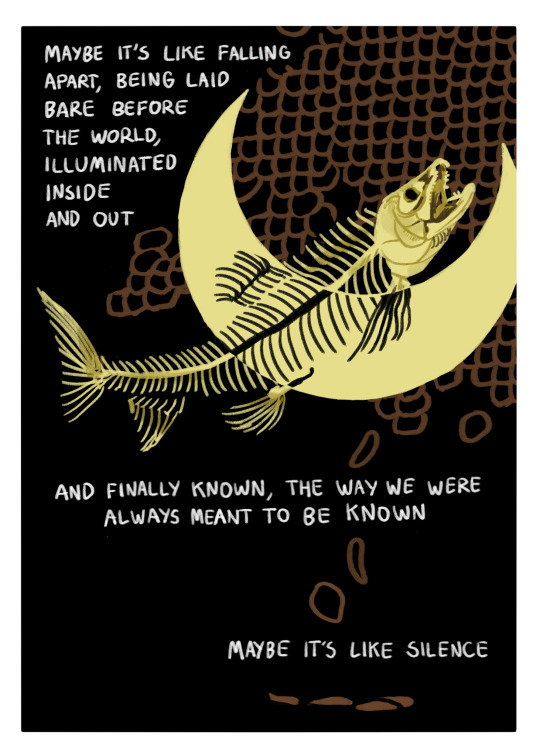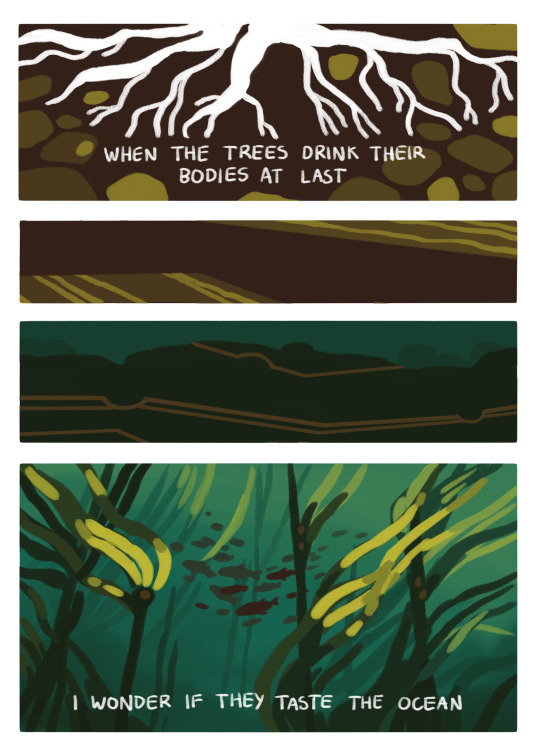Text
My canine friend Maggie needs help paying her vet bill, please! (She doesn't work, her parents do, but this is a lot--give if you can and please share either way). Story at the link.
7 notes
·
View notes
Text
It's still so strange to me how apparently taboo it is to like a post on someone's Instagram from a month ago when there are posts still circulating on Tumblr from 1550 BCE
180K notes
·
View notes
Photo
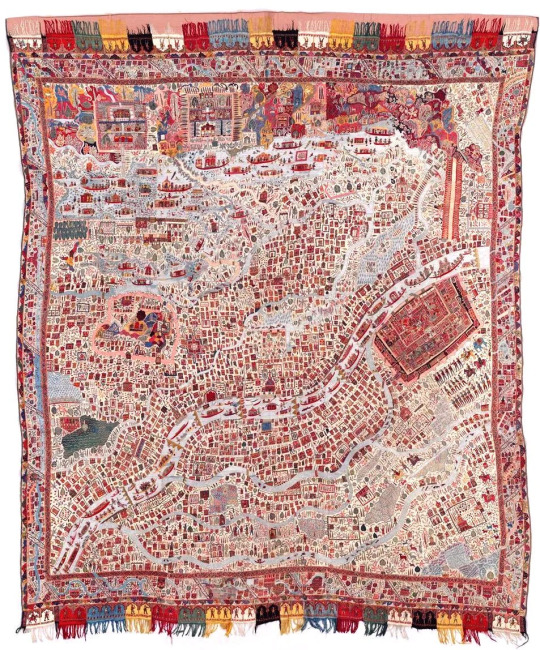
An antique 1870s Cashmere Shawl that’s also a map of Kashmir.
15K notes
·
View notes
Text


Severance fanart: Tabletop Team-Building Day at Macrodata Refinement! [EDIT: Tweaked/adjusted a few things that were bothering me! Uploaded a new version, but I'll leave the old one so you can see both.]
7K notes
·
View notes
Text
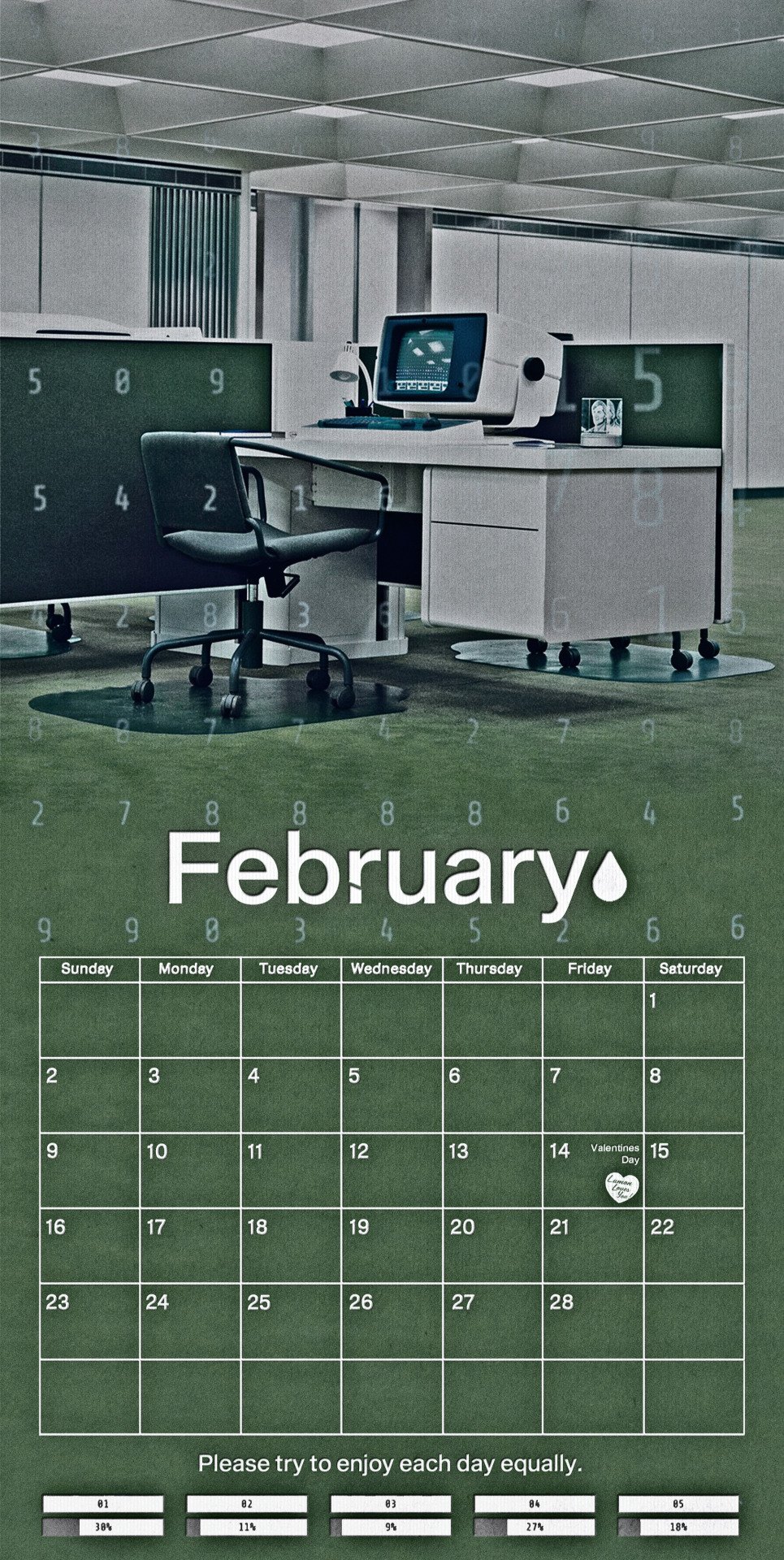
Happy February! Please try to enjoy each day equally.
257 notes
·
View notes
Text
What is a ‘wug’?
If you’ve been to linguist tumblr (lingblr), you might have stumbled upon this picture of a funny little bird or read the word ‘wug’ somewhere. But what exactly is a ‘wug’ and where does this come from?
The ‘wug’ is an imaginary creature designed for the so-called ‘wug test’ by Jean Berko Gleason. Here’s an illustration from her test:
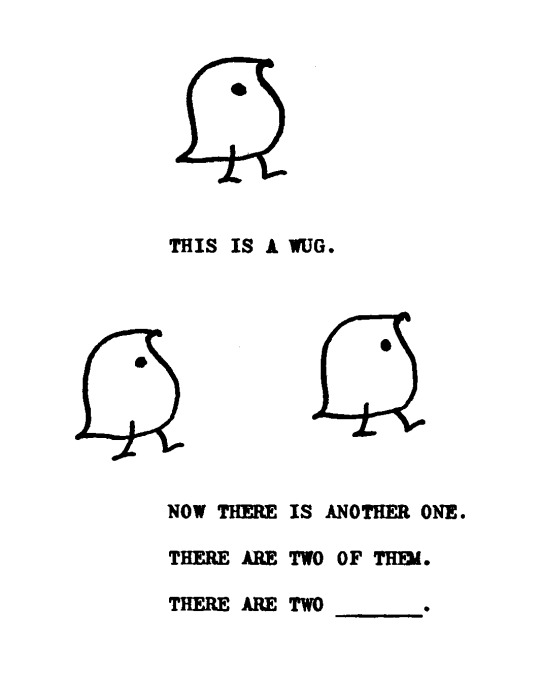
“Gleason devised the Wug Test as part of her earliest research (1958), which used nonsense words to gauge children’s acquisition of morphological rules—for example, the “default” rule that most English plurals are formed by adding an /s/, /z/ or /ɨz/ sound depending on the final consonant, e.g., hat–hats, eye–eyes, witch–witches. A child is shown simple pictures of a fanciful creature or activity, with a nonsense name, and prompted to complete a statement about it:
This is a WUG. Now there is another one. There are two of them. There are two ________.
Each “target” word was a made-up (but plausible-sounding) pseudoword, so that the child cannot have heard it before. A child who knows that the plural of witch is witches may have heard and memorized that pair, but a child responding that the plural of wug (which the child presumably has never heard) is wugs (/wʌgz/, using the /z/ allomorph since “wug” ends in a voiced consonant) has apparently inferred (perhaps unconsciously) the basic rule for forming plurals.
The Wug Test also includes questions involving verb conjugations, possessives, and other common derivational morphemes such as the agentive -er (e.g. “A man who ‘zibs’ is a ________?”), and requested explanations of common compound words e.g. “Why is a birthday called a birthday?“ Other items included:
This is a dog with QUIRKS on him. He is all covered in QUIRKS. What kind of a dog is he? He is a ________ dog.
This is a man who knows how to SPOW. He is SPOWING. He did the same thing yesterday. What did he do yesterday? Yesterday he ________.
(The expected answers were QUIRKY and SPOWED.)
Gleason’s major finding was that even very young children are able to connect suitable endings—to produce plurals, past tenses, possessives, and other forms—to nonsense words they have never heard before, implying that they have internalized systematic aspects of the linguistic system which no one has necessarily tried to teach them. However, she also identified an earlier stage at which children can produce such forms for real words, but not yet for nonsense words—implying that children start by memorizing singular–plural pairs they hear spoken by others, then eventually extract rules and patterns from these examples which they apply to novel words.
The Wug Test was the first experimental proof that young children have extracted generalizable rules from the language around them, rather than simply memorizing words that they have heard, and it was almost immediately adapted for children speaking languages other than English, to bilingual children, and to children (and adults) with various impairments or from a variety of cultural backgrounds. Its conclusions are viewed as essential to the understanding of when and how children reach major language milestones, and its variations and progeny remain in use worldwide for studies on language acquisition. It is “almost universal” for textbooks in psycholinguistics and language acquisition to include assignments calling for the student to carry out a practical variation of the Wug Test paradigm. The ubiquity of discussion of the wug test has led to the wug being used as a mascot of sorts for linguists and linguistics students.”
Here are some more illustrations from the original wug test:
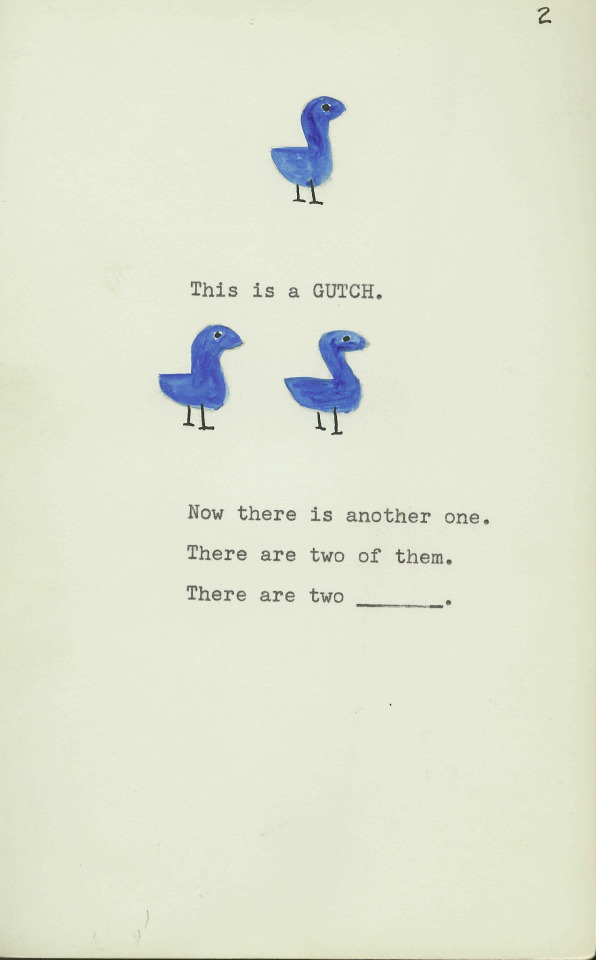
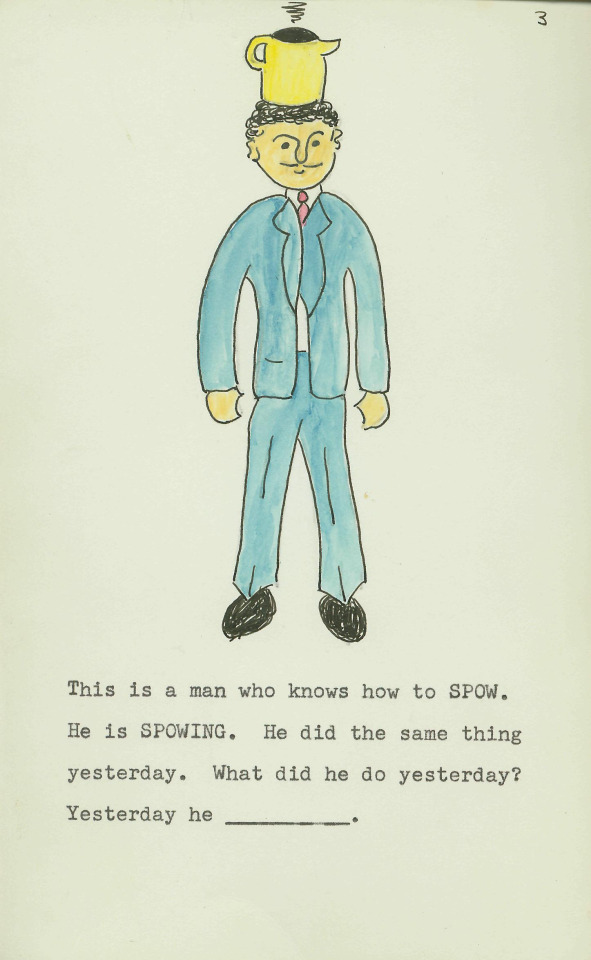
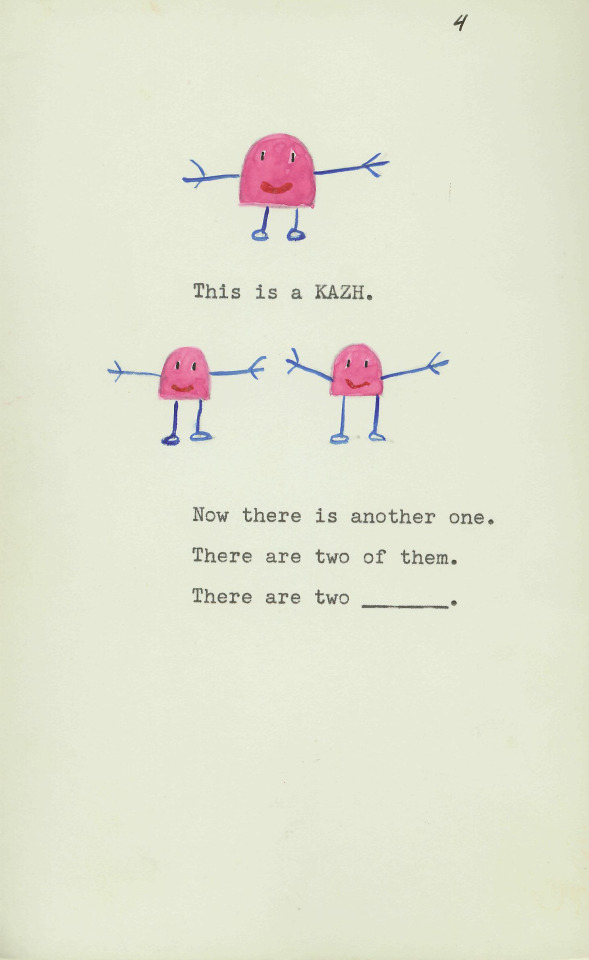
Sources:
Wikipedia, All Things Linguistic
19K notes
·
View notes
Text
When you say you play D&D
What people hear: I’m a gigantic fucking nerd
What you’re actually saying: I’m a gigantic fucking nerd with at least 3 friends that tolerate my presence on a weekly basis
24K notes
·
View notes
Text
At the gate for my flight home from visiting friends and there's a woman here with a service Shiba Inu. No pics because he has a Do Not Disturb vest and taking pics of strangers is illegal but I need to stress how ON DUTY this animal is. Ears up. Eyes doing Lazer scans of everything. Examining everyone who passes within 10ft like a security guard. Ass planted on her feet. I have never seen a dog with such intense chivalric guardian energy before. He has tiny eyebrows and they are FURROWED with concentration.
182K notes
·
View notes
Text
if the muppet show was still airing chappell roan would guest star and thered be a running bit of miss piggy thinking shes trying to steal kermit but shes actually trying to flirt with miss piggy the whole time
94K notes
·
View notes
Text
DnD is a way to show your friends how bad you are at adding very small numbers under pressure.
24K notes
·
View notes
Note
My Sony headphones came with odd warning image that I thought you’d appreciate

Ig it’s only for when they’re plugged in
452 notes
·
View notes
Text
This Juneteenth and in the future, please consider helping out this awesome Black-woman-owned bookstore as they move to a nonprofit model.
18 notes
·
View notes





